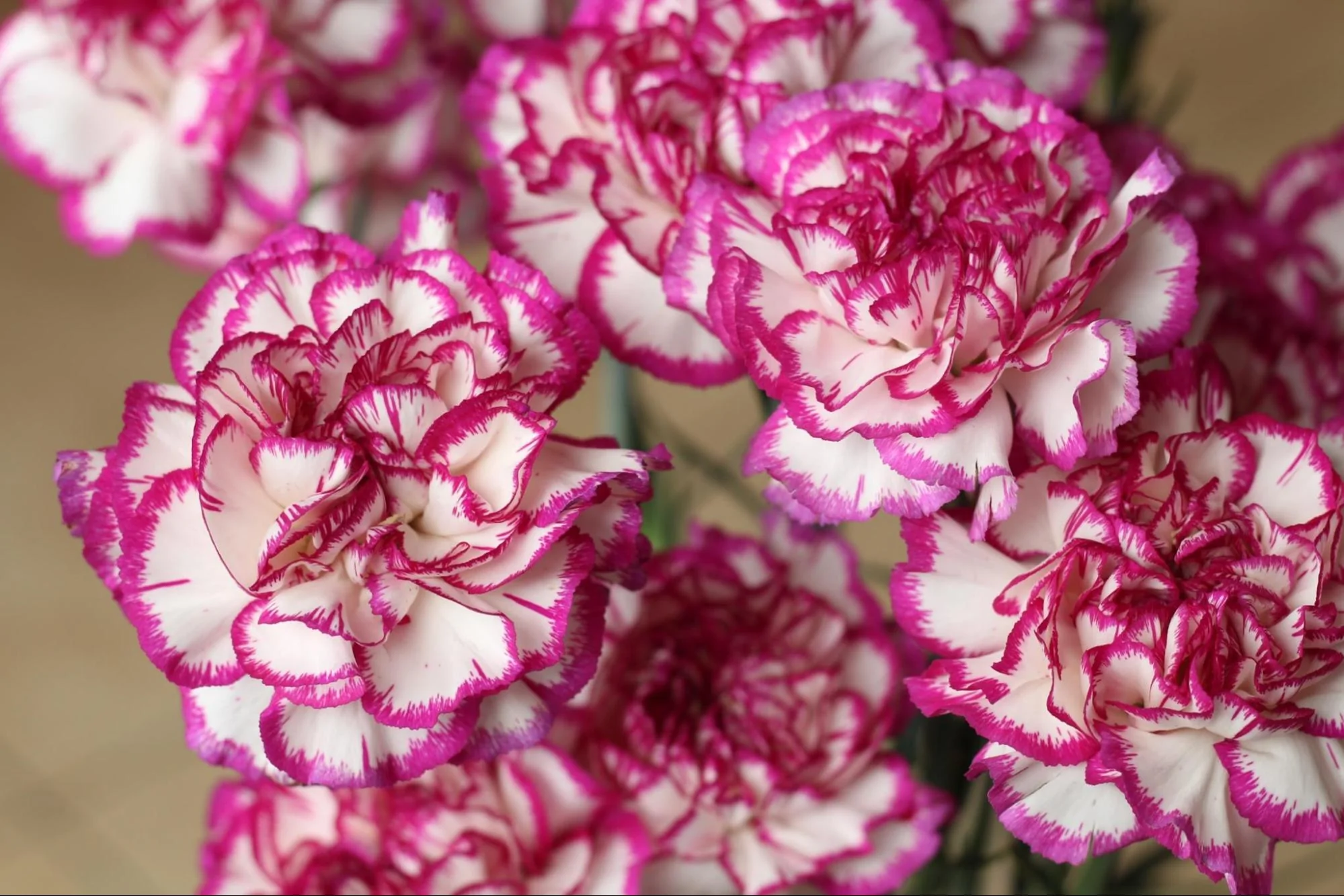
It’s January, and that means a new birth flower! January’s birth flower is the carnation, which is one of the oldest cultivated flowers in the world, clocking in at around 2,000 years old. Being around for that long means that the carnation has a long and interesting history. Let’s push back the petals and dive in!
The carnation was first mentioned in Greek literature about 2,000 years ago. The myth of the carnation centers around the goddess Diana. It is said that Diana fell in love with a shepherd, who did not reciprocate her feelings. The goddess became so furious that she plucked out the man’s eyes and threw his body to the ground, and carnations sprouted from his remains.
In Christianity, when the Virgin Mary saw Jesus carrying his cross before he was to be crucified, she wept, and her tears caused carnations to sprout from the ground. Because of this, pink carnations are meant to represent a mother’s undying love.
Carnations come in many other colours besides pink. The flower was subjected to massive breeding, and by the early 18th century, there were multiple breeds of carnations coming in colours such as crimson, blush, purple, red, and scarlet, among others. Carnations also come in patterns such as spotted and striped.
The meanings of carnations (besides the pink) include fascination, distinction and love. The distinction representation may stem from Ancient Greeks and Romans using the flower for ceremonial garlands. White carnations represent purity and love, while light red is meant to symbolize affection.
Carnations are one of the most popular flowers in the world, and in many cultures, they even surpass roses. So the next time you give someone a carnation, you now know about the thousands of years that went into making the flower what it is today!


